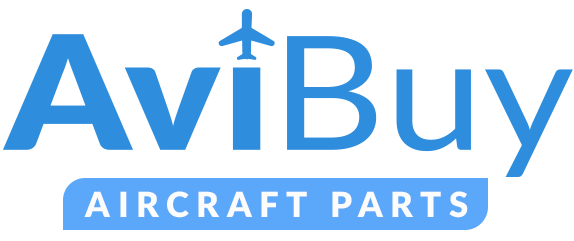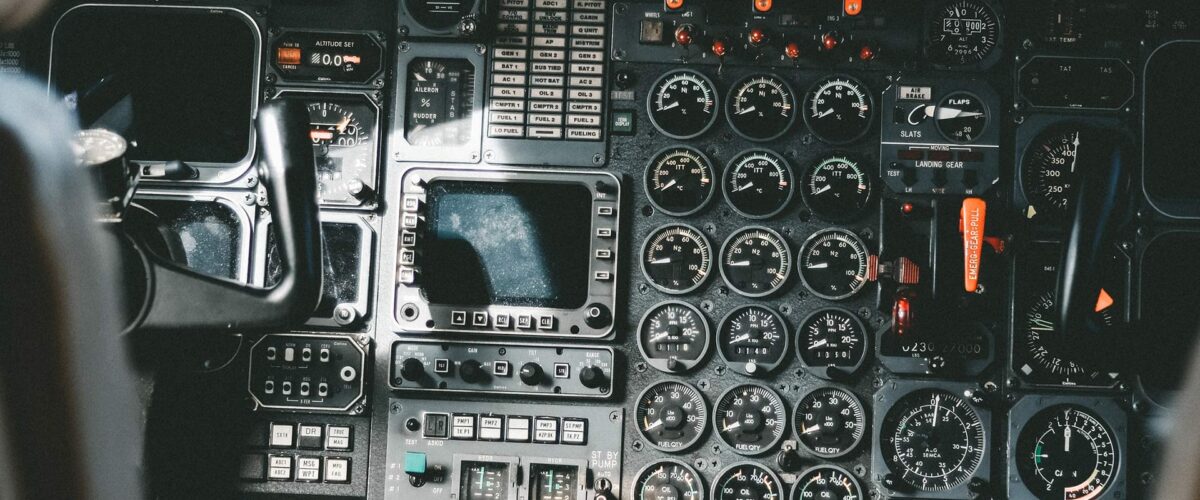An Aircraft Part Exchange: A time-saving process through which you purchase a serviceable component, returning an unserviceable core at a later date to be repaired and restocked in return for a rebate.
Learn more about our Aircraft Parts Repair and Exchange Services here.
It can sometimes seem as though the world of Aircraft Part Exchange is full of pitfalls. What, at the time, appears like the best course of action for your operational strategy can turn into a process fraught with copious amounts of paperwork in which lurk additional costs and unrealistic – sometimes downright impossible – promises.
At the end of the day, you need to be satisfied that you are receiving reconditioned parts approved for continued use by the CAA (Civil Aviation Authority) at the right price, in the right way and in the right time frame.
Understanding when to make an Aircraft Part Exchange
If your aircraft is grounded as a result of technical difficulties (AOG) and unable to fly as a result, an Exchange is not a likely prospect. In these circumstances, it would only be possible if the right part happened to be close at hand and the aircraft was able to remain on the ground for a number of days.
Various factors that could, however, necessitate an exchange include standard maintenance visits, FOD or damage caused to the aircraft on the ground. An Exchange might also be entered into following a decision to make a one-off replacement for a damaged component (e.g., Fuel Tank Entry, Main Landing Gear or Electronic Flight Instrument Screen).
Efficient Aircraft part exchanges
Making an Exchange can be both cost effective and swift. If done with the right understanding and for the right reasons it can be beneficial to both your operating costs and business strategy.
Exchanging a part can save your operation significant time over having it serviced or repaired, which means that you can get back to the business of flying and meeting tight flight schedules without having to wait for your part to be reconditioned and returned to you.
Beware, however, that there are certain factors that always pay to bear in mind:
- You have an obligation to ensure that the unserviceable core you return is not unserviceable permanently. In other words, an old piece of damaged junk, which is unsalvageable and practically unrecognisable, does you no favours; it will eat into your profits. If the damage is such that it ends up costing more or less the same to repair as it would to replace, then you’re already out of pocket; on top of that that you also have to factor in your exchange charge and the processing and shipping costs. Don’t let an Exchange be a false economy.
- Learn which strategy best suits your operation and your business model. However much part exchanges help you out of a tight situation, it’s not a good idea to allow your operation to be centred on them. If you discover that you are constantly exchanging a specific part number, then it may be far more cost effective to purchase it outright or to add it to any pooling agreements you may have. If you have low removal rates, a Long Term Exchange Strategy may be the one that works best for your company, but be cognisant of the other solutions available to you.
- Look out for additional processing fees. All fees that you’re liable to pay should be in your initial quote. An extra 5% for “processing” should not suddenly rear its ugly head. Be cautious and careful from the start. Make sure you question any such costs up front.
- Once you have submitted an Exchange order, you will have a specified time in which to return a core. Pay close attention to when the deadline is as you risk being billed additional exchange fees if you don’t send the core in time. Whoever is supplying your part, should have a warning system in place to make this part of the process easier to remember, but it’s worth taking ownership of the timeframe yourself to make absolutely certain that you avoid any late fees.

Types of Aircraft Part Exchange
Once you are certain that an Exchange is right for your operation, you need to decide between an Exchange Plus Repair model and a Flat Rate Exchange model. The difference between the two can be summed up by the way in which you pay for the repair of your core return.
Exchange Plus Repair Cost
- You receive a component, in SV or OH condition.
- You send an AR (unserviceable) component back to the exchange partner in a specified time period (normally between 21 and 30 days).
- Your AR unit is repaired and you are billed the amount it took to bring it back to the condition of the component you exchanged.
- Cost is typically 10% of fair market value but this is based on the component.
Flat Rate Component Exchange
- You pay a one-time fee for access to the component.
- You agree to an average repair cost (built into your one-time fee).
- If the cost of the repair or reconditioning is in excess of the agreed fee, be prepared to pay for the surplus.
Whichever type of Exchange you choose, you need to make sure that you enter into Aircraft Part Exchange with the knowledge to guarantee that the process is simple, transparent and effective. Never make any agreement to exchange aircraft parts without fully understanding the terms and conditions of your contract. Most of all, ensure you’re satisfied that this way of obtaining aircraft parts and components is, in itself, the right course of action for your aviation company.
Click here to view our Aircraft Component Repair and Exchange Services
CREDIT:
Photo by Isaac Benhesed on Unsplash
Photo by Leonel Fernandez on Unsplash

